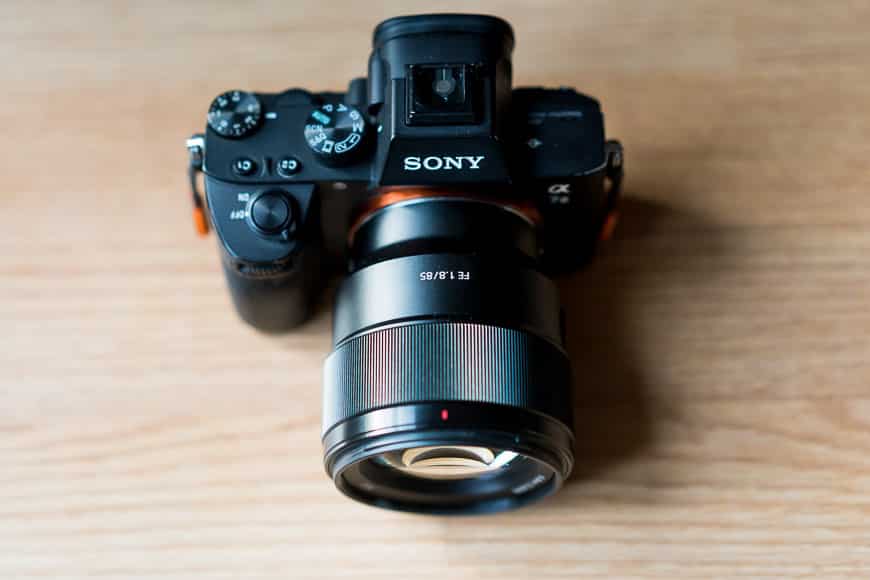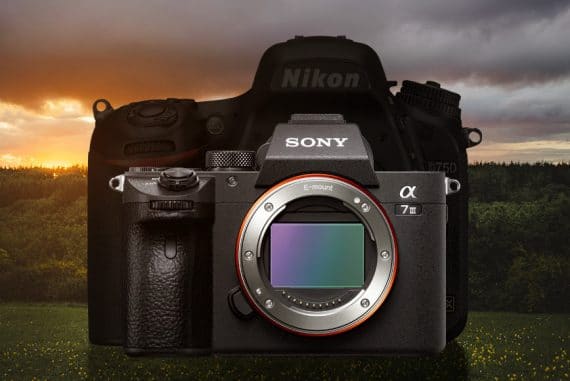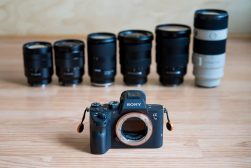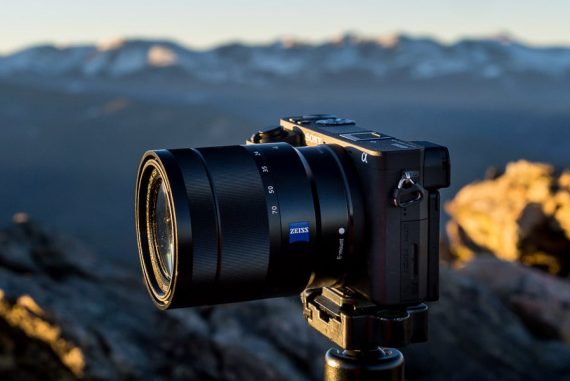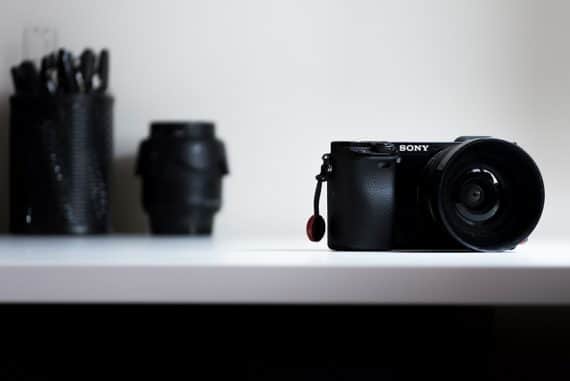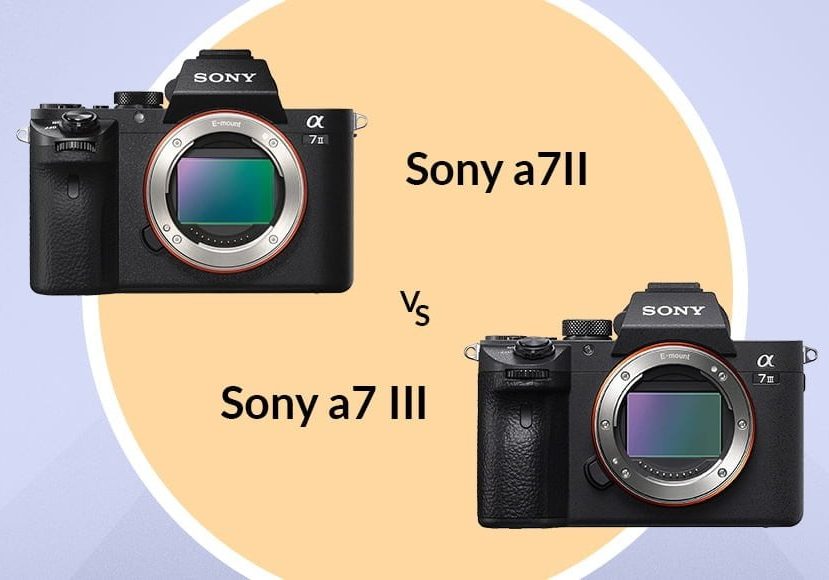
Sony a7 II vs Sony a7 III
Which camera wins between the Sony a7II vs Sony a7III? Check out this detailed guide which compares the two to help you choose which to buy.
If you are in the market looking for a full frame mirrorless camera, this Sony a7 ii vs a7iii detailed comparison will help you narrow down your search.
Sony created a buzz when they announced the a7ii, and it was for the right reasons. The camera packed high performance with an affordable price tag.
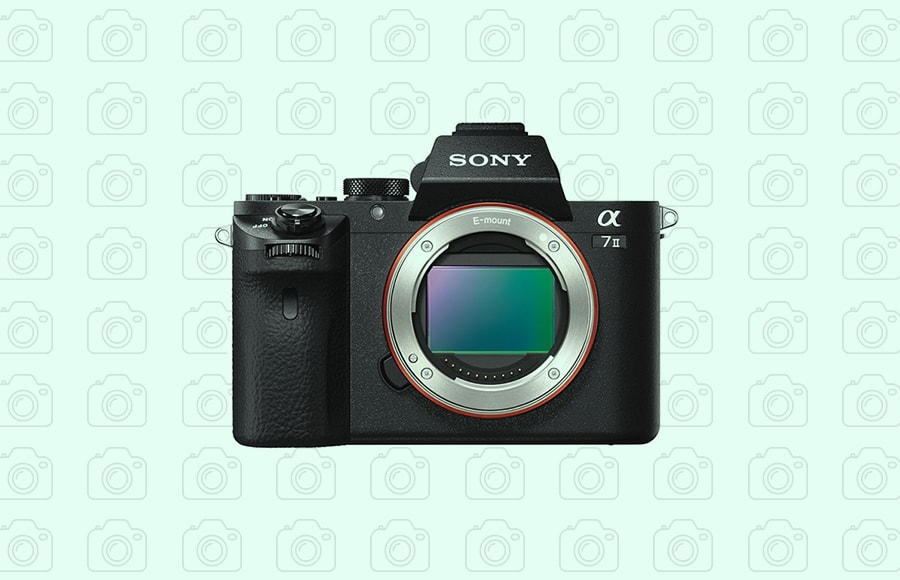
With double the ISO sensitivity, improved autofocus and 4k video, the A7III is worth the extra pennies.
The a7ii saw widespread global adoption, from professionals and enthusiasts alike, and it turned out to be a very popular camera.
However, with the third generation of the series, the a7iii, Sony has raised the bar much higher while maintaining a similar price bracket.
The a7iii is the more advanced camera of the series, though, since its arrival, we are seeing discounts on the price of the a7ii, which means that it remains as an attractive alternative option.
To weigh the changes and similarities, let’s start our comparison.
(You an also check out our guide to the Sony a7 II vs a7r II.)
Sony a7ii vs Sony a7iii | Key Differences
Sony’s best-selling a7ii was, and remains, an awesome camera that now retails for an especially reasonable price, so when the company introduced a newer edition to the Sony alpha 7 lineup: the a7iii, it immediately had plenty of competition to overcome from its own previous version.
That said, the a7iii obviously comes with additional features and specs that Sony has used to justify both its higher price and releasing it in the first place.
The following are the key differences between the two models:
- Sensor: Both cameras come with nearly the same basic resolution at 24.3 and 24.2 MP respectively. However, the a7iii’s version includes new Exmor R CMOS technology with BSI for better light collection.
- ISO sensitivity range: Sony doubles the out-of-the-box range of ISO sensitivity for the a7iii to 100-51200, vs. the a7ii’s 100-25600. There’s also more room for expansion on its ISO up to 204,800.
- Shutter modes and continuous shooting: The a7iii doesn’t get as fast as Sony’s A9 but it does offer more continuous shooting speed than the a7ii. It expands on its predecessor’s 5fps to 10fps.
- Autofocus: The Sony a7iii offers up a whopping 693 phase-detection points and 425 contrast-detection points. The older model only comes with 117 phase-detection points and 25 contrast-detection points.
- Video recording changes: The Sony a7iii can deliver 4K UHD video recording and full HD at a whopping 120fps, whereas the older camera only manages full HD 1080p video at 50fps.
- Battery power: The new NP-FZ100 battery on the a7iii gives it excellent shooting duration by mirrorless camera standards. This model is rated for up to 710 shots at maximum resolution. The Sony a7ii was designed to handle only about 350 shots between charges.
- Touch screen and viewfinder details: If you like the idea of touch controls on your camera’s LCD display, the newer model has you covered with touch on settings and focus point control. Oddly though, the a7ii’s display monitor comes with the better resolution, at just under 1.3 million dots.
- Body design changes: The Sony alpha 7iii is a slightly bulkier camera than the a7ii because of its taller and heavier body, but this added weight comes with more features.
- Pricing: The newer of these two cameras is much more expensive, with a price that’s just over twice as high for the body only.
1. Size & Weight
Sony’s a7iii comes with some more features and details and this means a heftier body. The difference is small enough not to be a major issue though.
While both models come with similarly shaped and sized weather-sealed body designs for shooting during rain, dust, or snow, the newer Sony alpha 7 edition weighs a full 100 grams more and is just slightly taller than its predecessor.
This is the main visible size difference between them. In terms of height and thickness, the a7ii and the a7iii are the same.
The Sony alpha 7iii also comes with a slightly more pronounced back button/dial for ISO and display control on the back of its body, and its recording button has been moved to the left of the EVF, which is itself framed by an ever so slightly wider eye enclosure for better viewing comfort.
2. Sensor Comparison
Both the a7 ii Sony camera and its a7iii successor come with full frame sensors just as the original Sony a7 did, but the key considerations are in the details.
While both cameras offer the same 3:2 aspect ratio and basic megapixel resolution of 24.3 and 24.2 MP respectively (the difference is irrelevant), the newer Sony a7 version offers the newer Exmor R CMOS sensor design, which includes a BSI backlight illumination system for notably better low light image quality.
The newer a7iii sensor also comes with a front-end LSI chipset that increases readout and image processing speeds by 1.8x over those of the a7ii. The newer camera’s newer BIONZ X sensor helps this same process, as does the a7iii’s superior ISO range.
3. ISO Levels and picture quality
As we mentioned above, the Sony a7iii comes with superior low light performance due to its backlit full frame sensor, superior BIONZ X processor, and LSI chipset. What it also delivers, however, is a much higher ISO range of 100-51200, vs. the a7ii’s 100-25600.
While in practical terms, there’s almost no chance of getting decent, noise-free photos at either of the upper extremes of these ranges, this expansion does increase functional ISO in the Sony a7 iii to a level that’s higher than that of the older a7 edition.
A further improvement that the BIONZ X sensor adds to the Sony a7 iii is superior color reproduction and realism for both outdoor scenes and portrait shots of people.
The difference in quality isn’t huge but we definitely noticed it, and it saves time on post-production photo editing if you use the a7iii. We also think the a7iii offers better high dynamic range.
In terms of taking stable images, both the Sony a7ii and the Sony alpha 7iii come with the same 5-axis image stabilization technology for their E-Mount lenses. In this, they’re pretty much identical.
4. Shutter modes and Continuous Shooting
While both versions that we’re covering in this comparison of Sony’s a7 line of cameras are wonderfully fast at shooting photos, The a7iii is the total hands-down winner.
It doubles the 5fps of the a7ii to 10fps with its new AF/AE tracking system and can even manage 8fps in live view mode.
This translates to as many as 177 JPEG shots, 89 compressed RAW images, or 50 uncompressed RAW images at a time. The a7ii doesn’t even come close to matching this. The newer Sony a7 can manage only 50 JPEGS and 20 compressed RAW frames at a single burst.
The Sony a7iii even offers an anti-flicker option that the a7ii lacks. With this little bonus feature, it detects the frequency of fluorescent or other artificial lights and times its own shutter speed to minimize exposure variations between frames.
5. Autofocus
Just as it does with shutter speed and shooting, The Sony a7iii absolutely kicks the a7ii’s ass at autofocus performance.
Sony totally upgraded this part of their a7 camera lineup with the a7iii and what you get is a whopping expansion to 693 phase-detection points along with 425 different contrast-detection points over 93% of its full frame sensor area.
By contrast, the Sony a7ii can only manage 117 phase-detection points on the same size of full frame sensor and a comparatively modest 25 contrast-detection points.
The newer of the two cameras even comes with Sony’s 4D Focus technology for tracking a moving object and predicting its movements for accurate focus selection at speed. It doesn’t always work but it’s impressive to mention.
6. Rear LCD & EVF
As we mentioned above, the a7iii comes with a rear LCD screen that has the same physical dimensions as the a7ii’s display.
Strangely though, the LCD screen on the sony alpha a7 iii has a somewhat lower resolution of only 988,000 dots vs. the 1.28 million of the a7ii. It compensates for this with full touch controls of menu items and focus points.
The EVF screens of both cameras are basically the same with an OLED display, the same 2.3 million dot resolution, and the same placement.
The one difference between them is a change in the optical design that lets the a7iii’s EVF offer better magnification at 0.78X instead of the 0.71X in its predecessor mirrorless camera. On this side of the Sony a7 ii vs a7 iii there is one clear winner.
7. Video Recording
Sony’s a7ii mirrorless camera offers up decent but unexceptional video recording capability. It can deliver a maximum video resolution of 1080p at up to 50/60p at 50Mbps. This is good for most regular or documentary video recording but far from unique in any way.
The Sony a7iii, on the other hand, ups the ante considerably for film-making: It can handle 4K video and though it only delivers this at 24/25fps without sensor crop, what the camera does do is capture a full 6K worth of visual information before downgrading it to a stored 4K video format. This means increased sharpness.
There’s also an option for 4K video at 30p but with a 1.2x crop and only 5K of information reading. In either case, the a7iii is offering a whole level of recording that the older edition simply lacks.
One final feature of the newer Sony a7 camera is that it can do high-speed 1080p video at a hefty 120fps with in-camera slow-motion saving options.
Peripheral video recording features that both cameras share include:
- Headphone output
- Internal 8-bit 4:2:0 recording
- 8-bit 4:2:2 signal output via HDMI
8. Battery Power
Simply put, the sony alpha a7 iii also offers the superior battery charge experience of these two cameras. Its newer NP-FZ100 battery technology outperforms the NP-FW50 of the a7ii by two-fold, giving you a total of 710 shots at a charge, or 610 with the EVF active (since it drains quite a bit of power for its OLED display).
These numbers may not seem like much if you’re used to the much larger shooting capacity of a DSLR, but by mirrorless camera standards, it’s very high.
The a7ii, on the other hand, can only deliver about 350 shots per charge.
9. Value & Final Opinion | Sony a7ii vs Sony a7iii
As our compilation of key comparison points above clearly demonstrates, the Sony a7iii beats the a7ii on just about everything.
Both cameras are very good and share key essentials such as high-quality image stabilization and weather-proofing but the a7iii manages to deliver far more technical performance for all types of shooting while only slightly increasing its physical bulk, which is important in a mirrorless camera.
However, here’s the interesting thing to keep in mind: A great camera won’t really make a bad photographer better while a good photographer can pull off most of the same high-quality shots even on a merely decent camera, so long as they’re slightly more patient with how they work their magic.
Thus, unless you need some very specific high-performance video recording capability or want to do precision action photography that would benefit from the a7iii’s much better focus point range and continuous shooting capabilities, the a7ii will deliver all of the essentials that you’d need for most kinds of professional or casual photography.
We mention this because while the a7iii is indeed notably better than its predecessor on key performance enhancements, it also costs more than twice as much, and you might not need to pay that price if you know that the older model can deliver for your needs.
Also, both cameras give you access to a wide range of Sony lenses – here are the lenses we recommended for the a7iii, which can also be used on the a7ii.

With double the ISO sensitivity, improved autofocus and 4k video, the A7III is worth the extra pennies.





